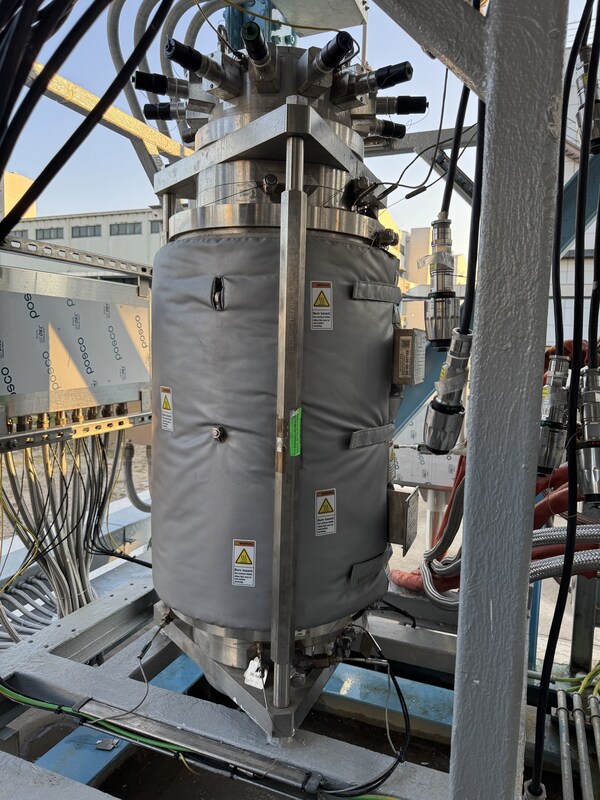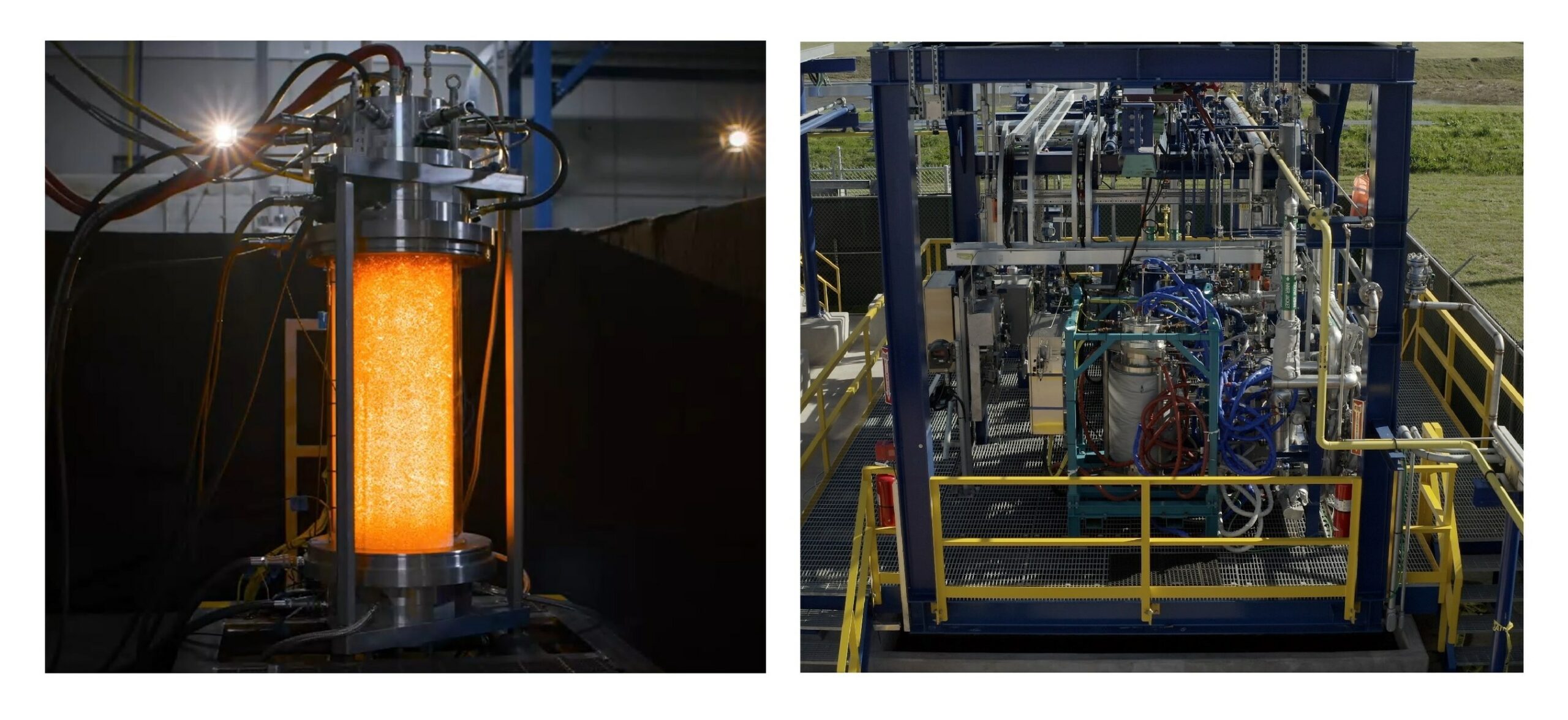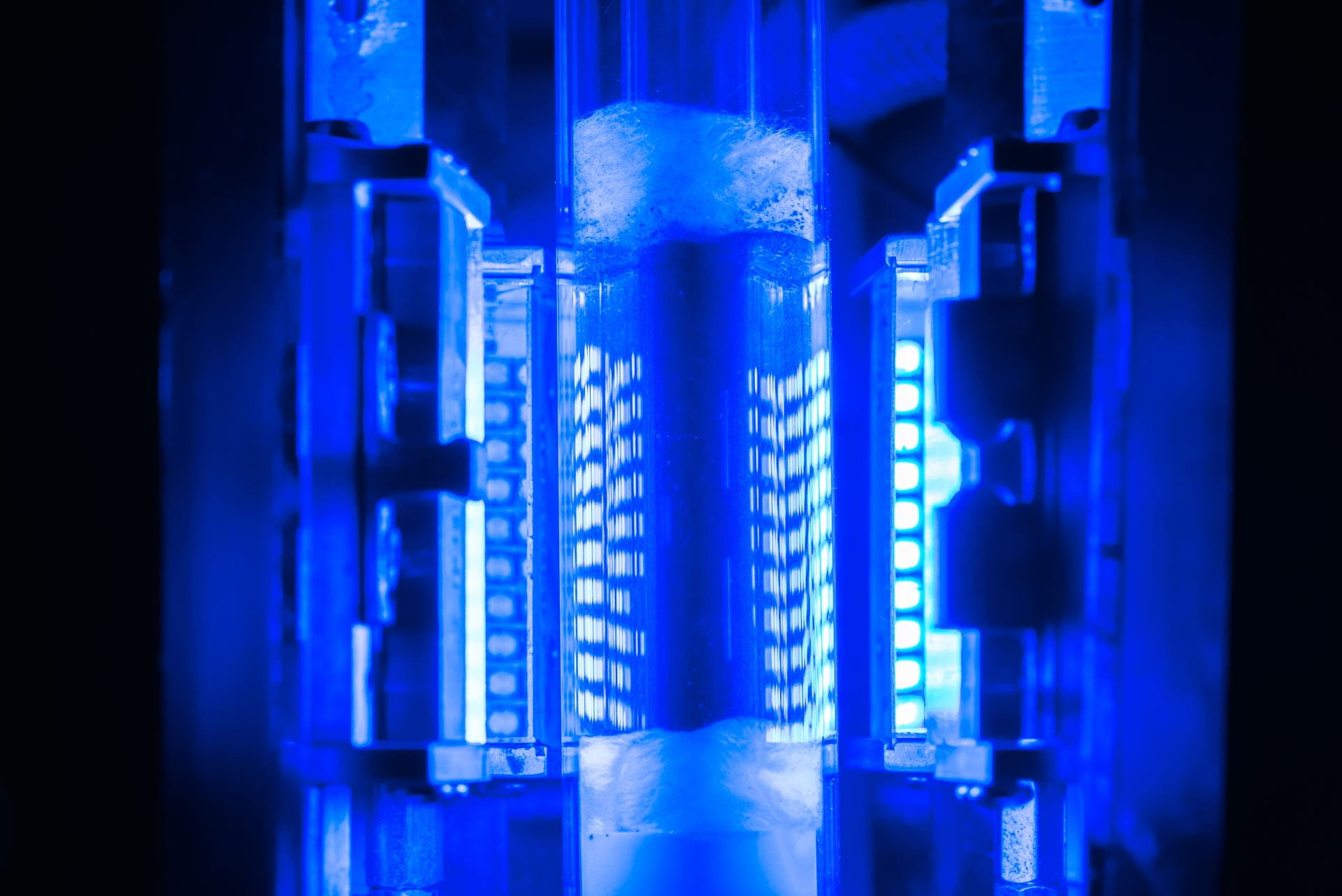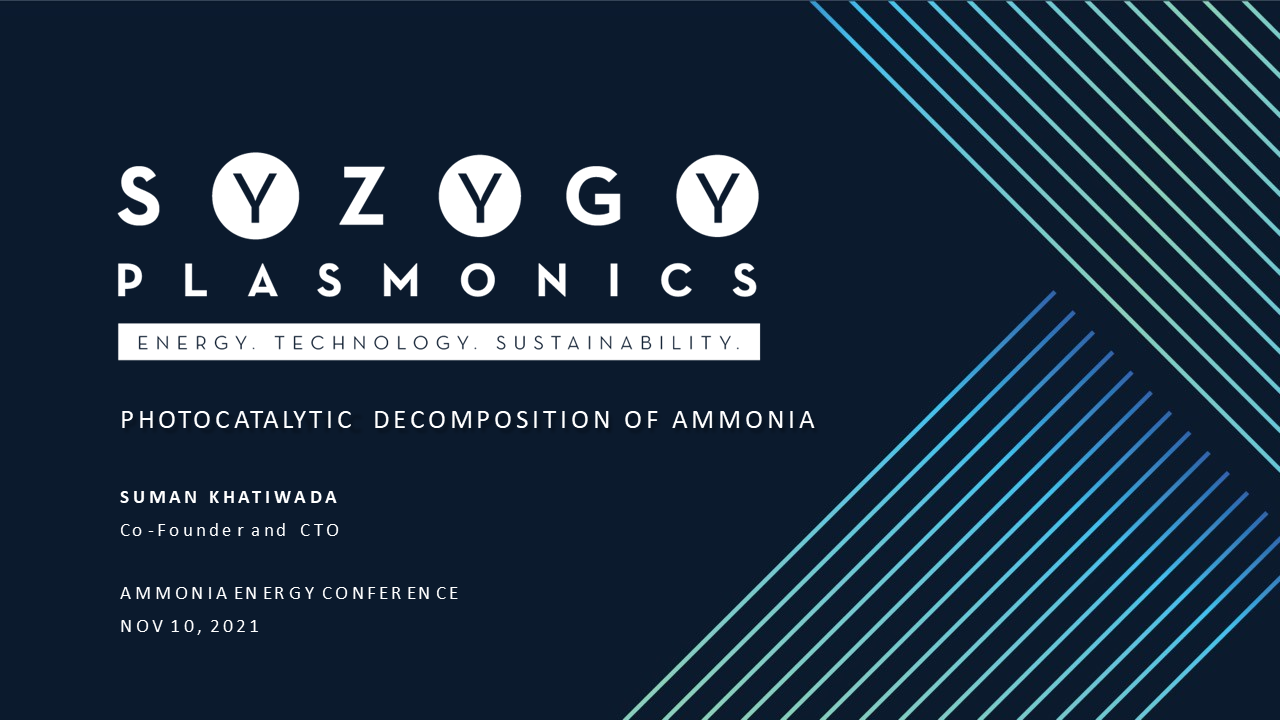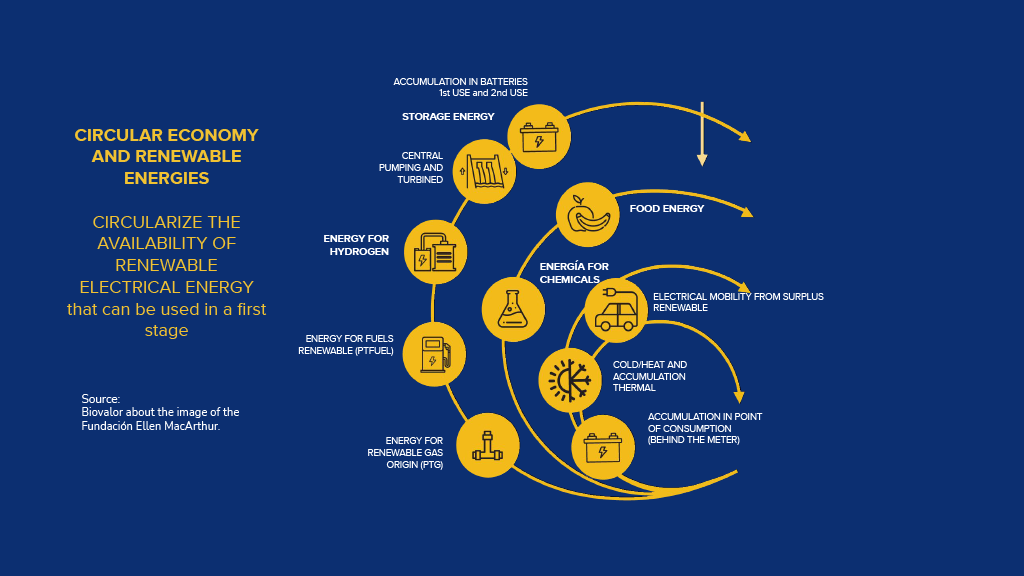
Syzygy and Lotte Chemical have announced results from the latest test of Syzygy’s all-electric ammonia cracker in Ulsan, South Korea. The unit demonstrated capacity of 290 kg/day of hydrogen produced at 11 kWh/kg, as Syzygy works towards commercialisation of the technology.
